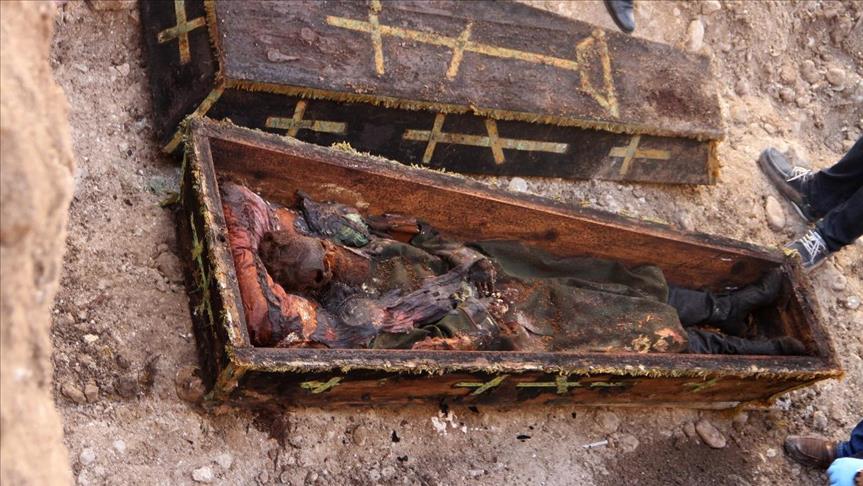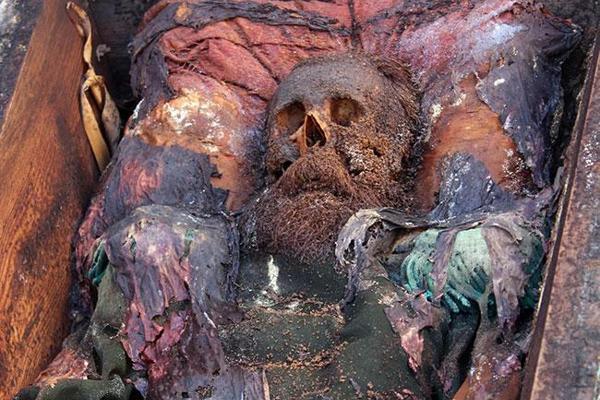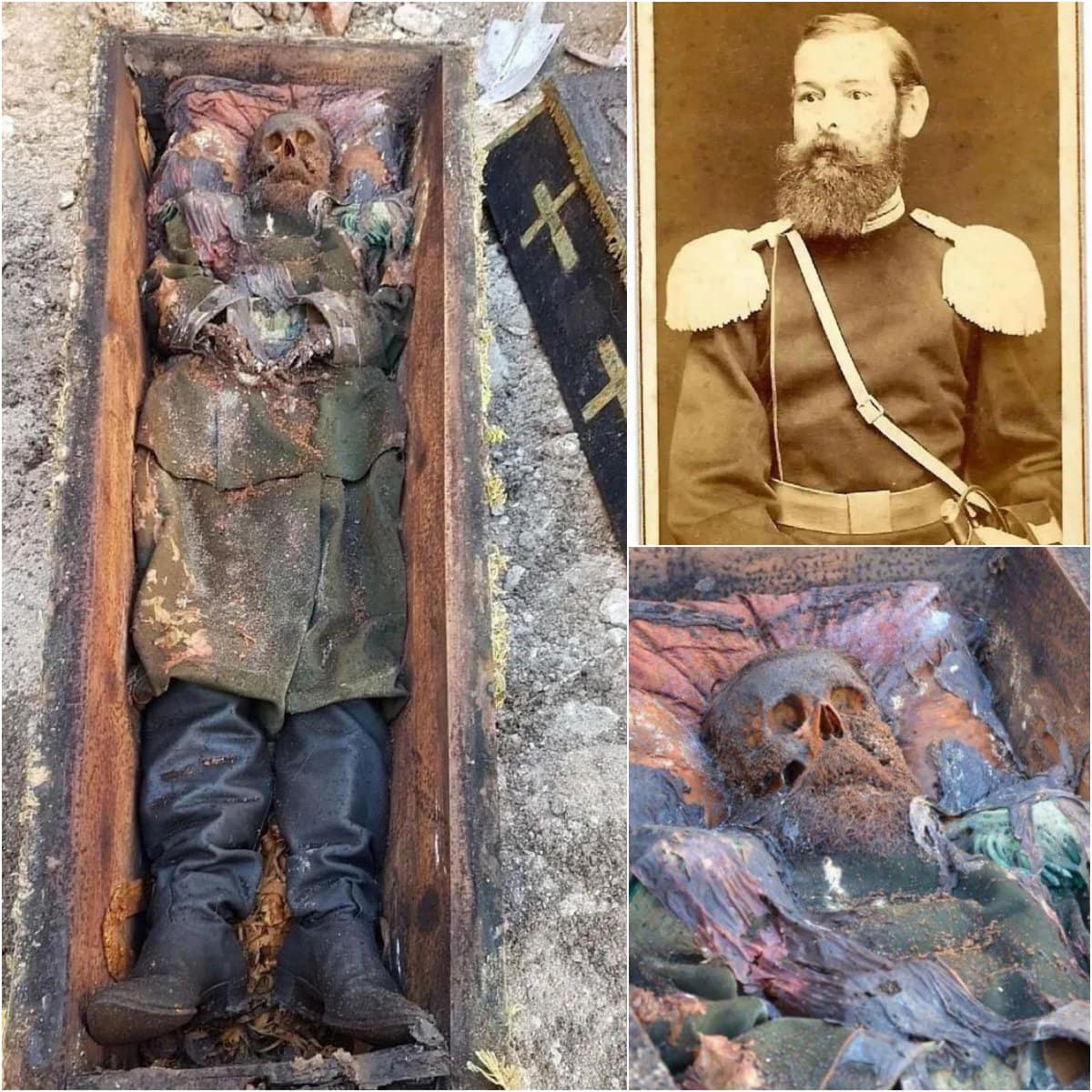In the quiet town of Ardahan, nestled in the northeastern corner of Turkey, the ground has yielded a remarkable historical treasure – the remains of a 19th-century Russian soldier. This unexpected discovery, made by local builders carrying out construction work, has ignited a wave of fascination and scholarly intrigue, shedding light on a pivotal moment in the region’s tumultuous past.
The skeleton, found in a coffin adorned with the Russian Orthodox cross, is believed to belong to an army captain who was part of the forces that captured Ottoman territory during the Russo-Ottoman war of 1877-78. This conflict marked a significant turning point, as the Ottoman Empire lost territory in the Caucasus to Russia, while other Orthodox Christian nations in the Balkans secured their independence. The unearthing of this soldier’s grave offers a tangible connection to this pivotal moment in history, providing a poignant reminder of the sacrifices and struggles that shaped the geopolitical landscape of the region.
The Remarkable Discovery

The discovery of the Russian soldier’s remains has captivated the attention of historians and archaeologists alike. Necmettin Alp, the director of the Kars Museum, has expressed his belief that the body is “probably [that of] a soldier who served during the Russian occupation in Kars and Ardahan after the Ottoman-Russian war in 1877-1878.”
The soldier’s skeleton, still adorned in the remnants of a military uniform and boots, was found in the Karagol neighborhood of Ardahan province – an area that fell to Russian troops in May 1877 during the course of the war. The preservation of the uniform and the presence of distinctive markings, such as three stars and the number 20 on the clothing, have provided valuable clues about the identity and rank of the individual.

Unver Solaklioglu, an archaeologist at the Kars Museum, has noted that the Russian soldier was buried according to Christian religious rites, with no valuable artifacts found in the grave aside from the skeleton and the soldier’s attire. This detail underscores the cultural and religious differences that shaped the dynamics of the conflict, as the Russian forces, predominantly Orthodox Christian, clashed with the Ottoman Empire, which was predominantly Muslim.
Insights into History
The discovery of this Russian soldier’s grave offers a rare and tangible glimpse into a pivotal moment in the region’s history. The Russo-Ottoman war of 1877-78 was a significant event that redrew the political boundaries of the Caucasus and the Balkans, with far-reaching consequences that continue to resonate today.

Through the examination of the soldier’s remains and the artifacts found in the grave, researchers hope to gain valuable insights into the experiences and the sacrifices of the individual soldiers who fought in this conflict. The markings on the uniform, for instance, may provide clues about the soldier’s rank, his unit, and the specific campaigns in which he may have participated.
Moreover, the discovery of the grave, located within the territory that fell under Russian occupation, serves as a poignant reminder of the human cost of war and the lasting impact it can have on local communities. The careful burial of the soldier, according to Christian traditions, suggests a respect for the fallen, even amid the chaos and violence of the conflict.

The unearthing of this Russian soldier’s grave in northeastern Turkey stands as a testament to the enduring power of history to capture the imagination and spark scholarly inquiry. This remarkable discovery has the potential to shed new light on the Russo-Ottoman war, the shifting political landscape of the late 19th century, and the experiences of the individual soldiers who fought and died in the pursuit of their nations’ interests.
As researchers continue to study the remains and the artifacts found in the grave, the story of this Russian soldier will undoubtedly become woven into the rich tapestry of the region’s history, serving as a powerful reminder of the sacrifices and struggles that have shaped the modern world. The discovery of this grave is a testament to the enduring power of the past to illuminate the present and guide us towards a deeper understanding of the human experience.



